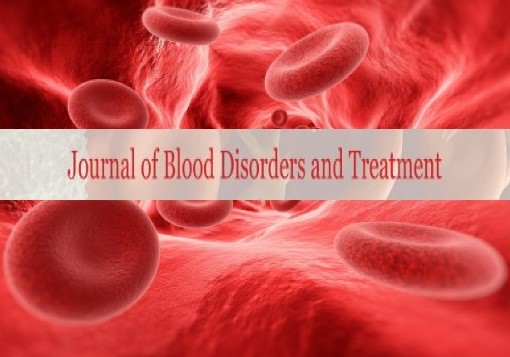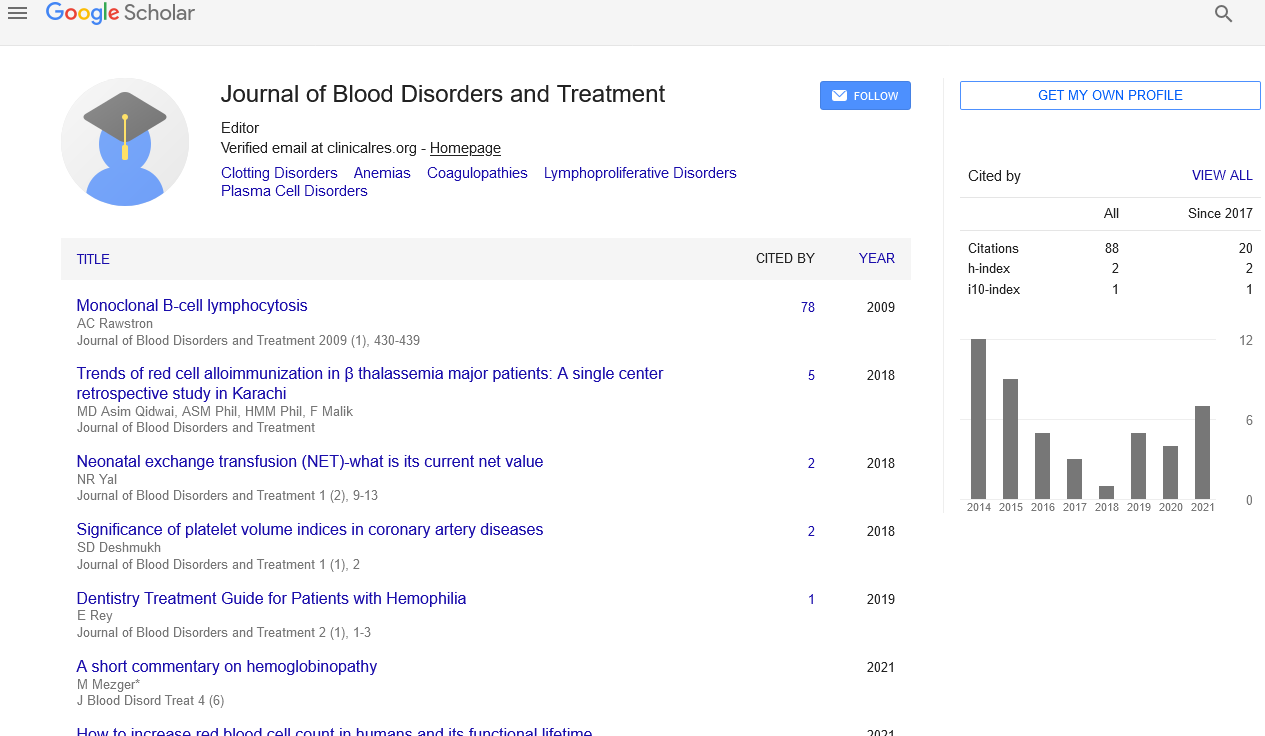Thrombophilia: A unique case of venous and arterial thrombotic complications in congenital protein C deficiency in newborns
Received: 20-Jan-2019 Accepted Date: Feb 17, 2019; Published: 27-Feb-2019
Citation: Stanizzi A, Innella B, Fabio CA. Thrombophilia: A unique case of venous and arterial thrombotic complications in congenital protein C deficiency in newborns. J Blood Disord Treat. 2019;2(1):5-6.
This open-access article is distributed under the terms of the Creative Commons Attribution Non-Commercial License (CC BY-NC) (http://creativecommons.org/licenses/by-nc/4.0/), which permits reuse, distribution and reproduction of the article, provided that the original work is properly cited and the reuse is restricted to noncommercial purposes. For commercial reuse, contact reprints@pulsus.com
Abstract
Congenital protein C deficiency is a hereditary coagulation disease characterized by venous/arterial thrombosis secondary to the reduction of protein synthesis and/or activity. It is well known that severe congenital protein C deficiency can occur with thrombosis severe, systemic symptoms, sometimes immediately after birth, with poor prognosis.1 We present a case in which the finding of thrombosis of the renal vein and renal infarction in two newborns (2015 and 2017), has subsequently allowed to diagnose an unknown deficiency of functional protein C in the mother with a history of obstetric complications.





